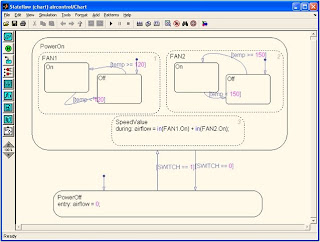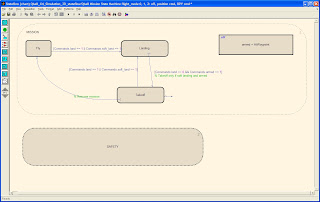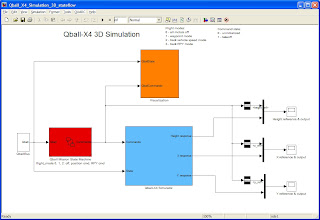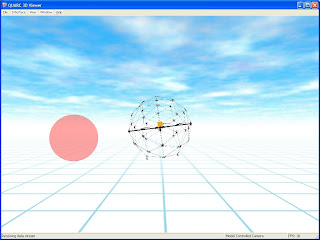One of the items that I love about my work at Quanser is the opportunity to visit very exciting research and teaching labs at universities and colleges throughout the US and Canada. Each one has something interesting to show – an interesting engineering teaching lab, an advanced research project, or both. One recent trip took me to Colorado and I can’t help but share my amazement with the University of Colorado at Boulder’s Integrated Teaching & Learning Lab (ITL Lab). It’s a perfect example of hands-on, engaging learning - the kind Quanser has been preaching schools to adopt.
Derek Reamon, co-director of the ITL Lab, discussed with me the 34,000 square-foot facility dedicated to engineering. It felt like visiting a science center. Equipped with cutting-edge technology – Quanser’s SRV02-based rotary experiments among them - the lab serves students from the first year to sophomore level, and courses from design and build, invention and innovation to senior design projects. Using a highly effective system, each engineering department can order experiments for their courses from an online catalogue and book a time to work with the selected experiments. The ordered system can be easily wheeled to workstations – at the ITL Lab or anywhere on campus – and ITL Lab’s staff is available to set it up.
The ITL Lab is one of the most attractive features of the engineering school at the UC Boulder. Plus, the university saves space and financial resources, as the same equipment is not duplicated in the labs of each engineering department. The novel approach to learning gained the ITL Lab awards and recognition from the National Academy of Engineering as well as from industry leaders such as Boeing and Hewlett Packard.
My notion of the ITL Lab similarity to a science center is not just co-incidental: every year, thousands of K-12 students and teachers visit to participate in hands-on, ears-on and minds-on K-12 engineering camps, events and workshops. The staff of the ITL Lab also visits schools in the area to talk and demonstrate science and engineering and spark the interest of the future generation in these subjects.
Many other universities adopted the concept of the integrated multi-disciplinary labs serving several engineering departments. If you are looking for the inspiration, let us know – we can put you in touch with one close to you.
- Leor Grebler









